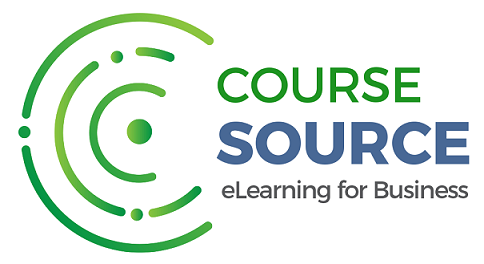Child Sexual Exploitation

Overview
This CPD-certified, level-2 e-learning course is suitable for anyone who comes into contact with children and young people in their work or voluntary activity, and provides learners with a thorough understanding of the forms of child sexual exploitation, grooming models, risk factors associated with CSE, the impact of CSE, the signs of CSE, how to respond to disclosures and what action to take.
The course includes optional voiceover recorded by a professional actor. It is specifically designed to give learners a better understanding of the nature of CSE, what signs to look out for and what actions to take.
Law & Legislation
This course covers key points from:
- Working together to safeguard children (2018) in England
- Safeguarding children: working together under the Children Act 2004 in Wales
- National Guidance for Child Protection in Scotland (2014)
- Co-operating to safeguarding children (2003) in Northern Ireland
- Keeping Safe in Education (2018)
- Child sexual exploitation: definition and guide for practitioners (2017)
Course Content
- What is CSE - What abuse CSE covers, what makes CSE different from other forms of abuse, who perpetrates CSE, the prevalence of CSE, and grooming.
- How Does it Happen - The boyfriend or girlfriend model of grooming, the party model of grooming, the peer model of grooming, the gang model of grooming, the online model of grooming, and the grooming process.
- Risk Factors - How age and gender impacts on the risk of CSE, and other risk factors including revictimisation, unstable home environment, bereavement, lack of support, disengagement from education, lack of sexual education, poverty, running away from home, connections with other young people who are being exploited, disability, and being in care.
- The Impact of CSE - How CSE can affect young people, including immediate effects and impact later in life, how CSE can impact physical, mental and sexual health.
- The Signs of CSE - What to look out for as potential indicators of CSE, physical signs and behavioural signs, including scenario activities.
- Disclosures - How young people may disclose incidents of abuse, both directly and indirectly, how you should respond to disclosures, what encourages and discourages young people to disclose, including scenario activities.
- Taking Action - What action you should take if a child discloses CSE or if you suspect CSE, reporting CSE, making referrals, deciding whether or not to involve parents, what information you should report.
